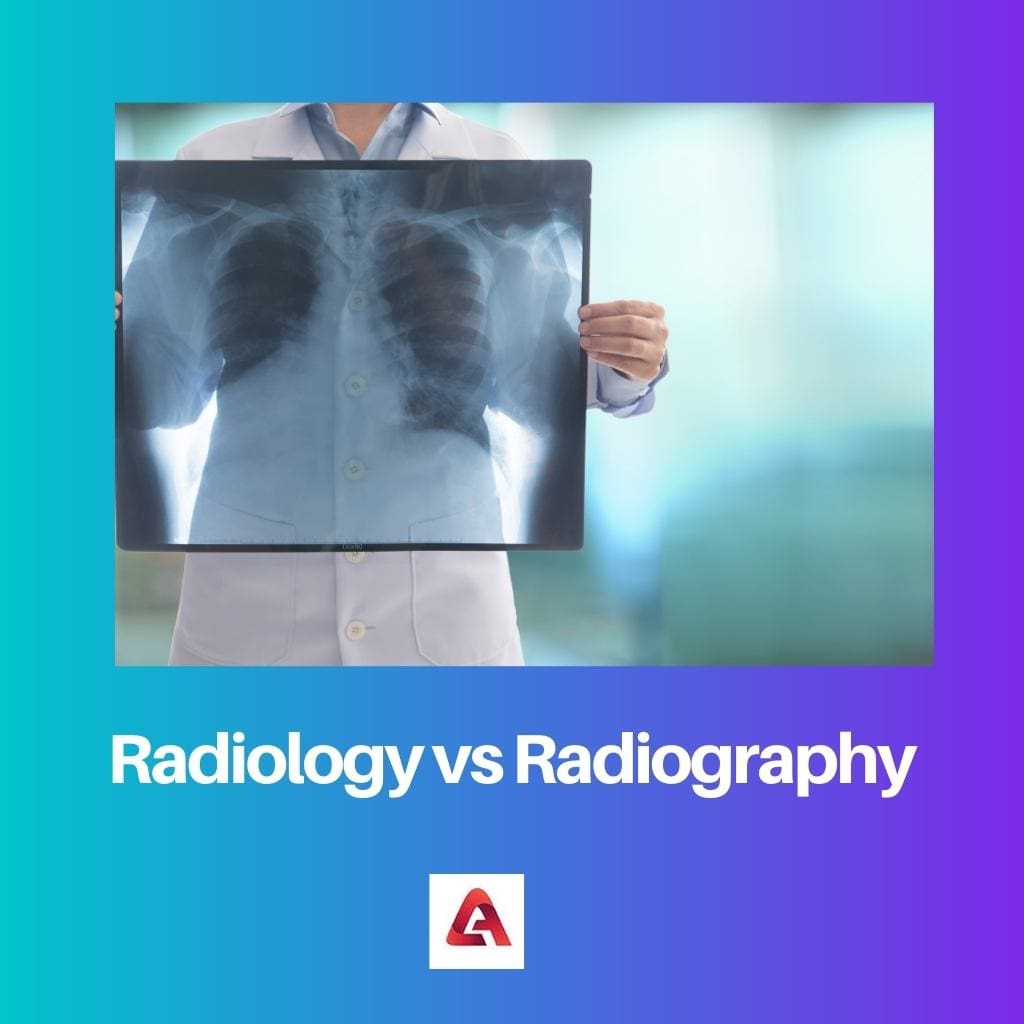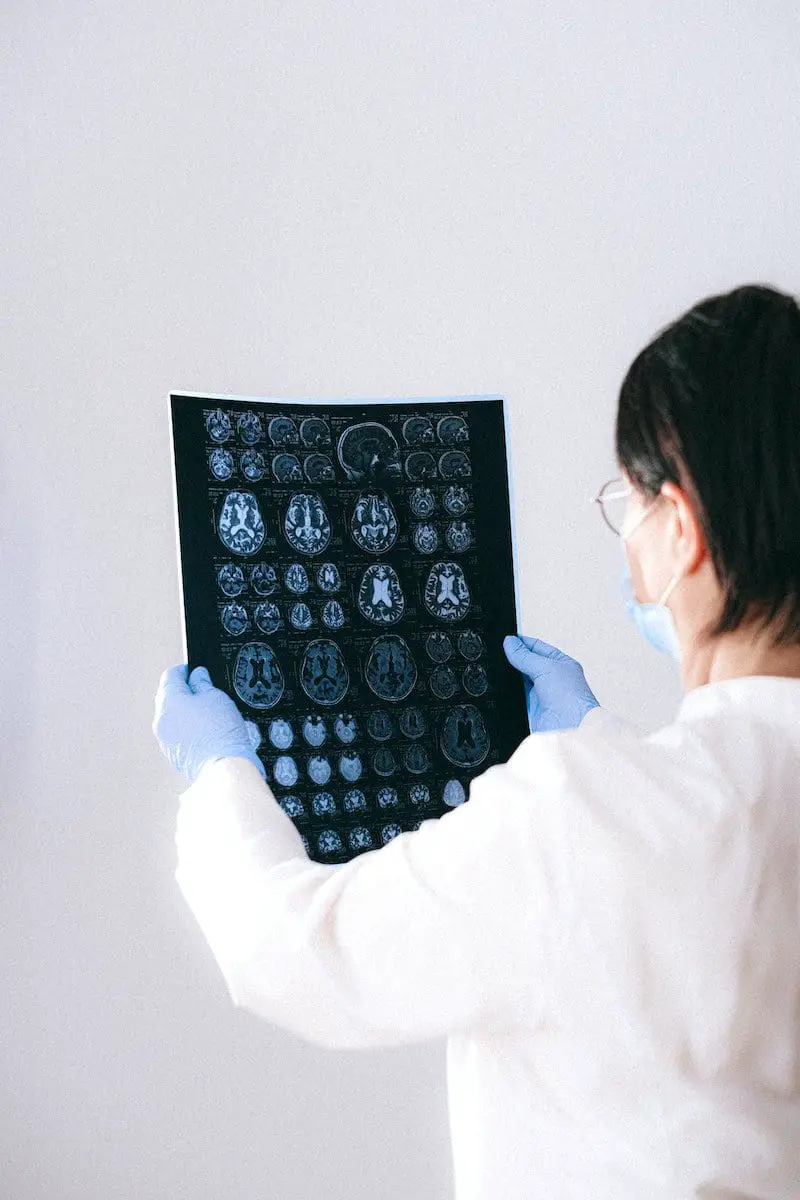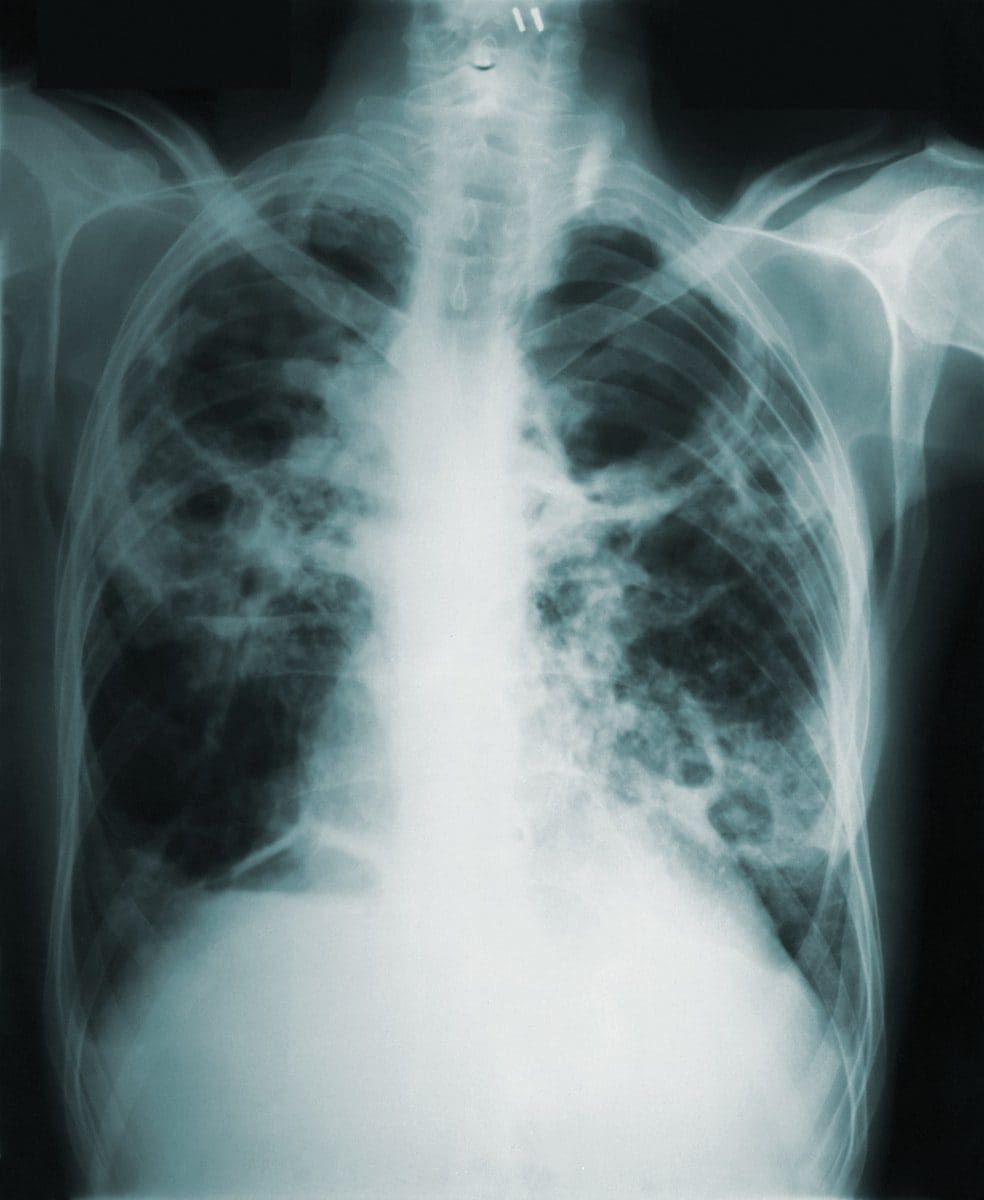Radiology is a broad medical specialty encompassing the use of medical imaging for diagnosis and treatment planning. Radiography, on the other hand, specifically refers to the practice of capturing X-ray images for diagnostic purposes.
Key Takeaways
- Radiology is a medical speciality that uses imaging techniques to diagnose and treat diseases, while radiography is a type of imaging technique that uses X-rays to produce body images.
- Radiology includes other imaging techniques such as ultrasound, MRI, and CT scans, while radiography is limited to X-ray imaging.
- While both are important for medical diagnosis and treatment, radiology offers a more comprehensive approach to imaging. It is used for more complex cases, while radiography is more commonly used for routine imaging procedures.
Radiology vs Radiography
Radiology is a medical specialty that diagnoses and treats diseases using imaging technologies such as X-rays, ultrasonography, CT scans, and MRIs. Radiography is a type of diagnostic imaging that employs X-rays to create images of the body in order to detect and diagnose medical disorders. Radiography is a subfield of radiology.

Radiologists are professional doctors who are experts in radiology, while radiographers are allied health care professionals who are experts in radiography. Attending a medical school is compulsory to become a radiologist, which is not required to become a radiographer; you need a bachelor’s degree in radiography and can opt for higher education too. Radiologists make more money than radiographers. Also, to become a radiologist, you’ll have to study much more than become a radiographer.
Comparison Table
| Feature | Radiology | Radiography |
|---|---|---|
| Profession | Medical doctor | Healthcare professional |
| Education | M.D. degree followed by residency in radiology (4+4 years) | Associate’s or Bachelor’s degree in radiography (2-4 years) |
| Scope of Practice | Interpret and diagnose various medical images (X-rays, CT scans, MRIs, etc.) | Perform X-ray and other imaging procedures using specialized equipment |
| Salaries | Higher | Lower |
| Responsibilities | – Analyze medical images to diagnose diseases and injuries. <br> – Recommend appropriate treatment plans based on their findings. <br> – Perform specialized imaging procedures in some cases (interventional radiology). | – Capture X-ray images of different body parts following specific protocols. <br> – Ensure patient safety and comfort during procedures. <br> – Maintain accurate patient records and imaging equipment. |
| Focus | Diagnosis and treatment guidance | Image acquisition |
What is Radiology?
Radiology is a medical specialty that employs various imaging techniques to diagnose and treat diseases within the human body. It plays a crucial role in modern healthcare by providing detailed insights into the structure and function of organs and tissues. Radiologists, medical professionals specializing in radiology, use a variety of imaging modalities to capture detailed images, aiding in the diagnosis and management of medical conditions.
Modalities in Radiology
1. X-ray Imaging
X-ray imaging involves the use of ionizing radiation to create images of the internal structures of the body. It is commonly used to detect fractures, assess the condition of the lungs, and examine the skeletal system.
2. Computed Tomography (CT)
CT scans utilize X-rays from different angles to create cross-sectional images of the body. This modality provides detailed three-dimensional views, making it valuable for diagnosing conditions in the head, chest, abdomen, and pelvis.
3. Magnetic Resonance Imaging (MRI)
MRI uses a strong magnetic field and radio waves to generate detailed images of soft tissues, such as the brain, spinal cord, and joints. It is particularly useful for detecting abnormalities in the nervous system and musculoskeletal structures.
4. Ultrasound Imaging
Ultrasound imaging employs high-frequency sound waves to produce real-time images of internal organs and structures. It is commonly used for obstetric imaging, evaluating the cardiovascular system, and examining abdominal organs.
5. Nuclear Medicine
Nuclear medicine involves the use of radioactive substances to visualize and assess the function of organs and tissues. Techniques like positron emission tomography (PET) and single-photon emission computed tomography (SPECT) are commonly used in this field.
Applications of Radiology
1. Diagnostic Radiology
Diagnostic radiology focuses on using imaging techniques to diagnose diseases and conditions. It helps healthcare professionals visualize internal structures and identify abnormalities.
2. Interventional Radiology
Interventional radiology involves minimally invasive procedures guided by imaging techniques. Radiologists use imaging to navigate and perform therapeutic interventions, such as biopsies, angioplasty, and tumor ablation.
3. Therapeutic Radiology
Therapeutic radiology, also known as radiation oncology, employs high doses of radiation to treat cancerous tumors. It aims to destroy or shrink malignant cells while minimizing damage to surrounding healthy tissue.
Importance in Healthcare
Radiology plays a critical role in the early detection, diagnosis, and treatment planning of various medical conditions. It allows healthcare professionals to make informed decisions, leading to better patient outcomes. The continuous advancements in imaging technologies contribute to the ongoing evolution and improvement of radiology in the medical field.

What is Radiography?
Radiography is a medical imaging technique that utilizes X-rays to create detailed images of the internal structures of the body. It plays a crucial role in diagnosing and monitoring various medical conditions. The process involves exposing a part of the body to a controlled dose of ionizing radiation, which interacts with the body’s tissues to create images.
Principles of Radiography
1. X-ray Generation
X-rays are produced by directing a stream of high-energy electrons at a metal target, tungsten. This process, known as X-ray tube excitation, results in the emission of X-ray photons.
2. Interaction with Tissues
When X-rays pass through the body, they are absorbed by different tissues to varying degrees. Dense tissues such as bones absorb more X-rays and appear white on the radiographic images, while softer tissues allow more X-rays to pass through and appear darker.
3. Image Formation
The X-rays that pass through the body create a latent image on a detector, such as a film or digital sensor. This image is then processed to produce a visible representation of the internal structures.
Applications of Radiography
1. Diagnostic Imaging
Radiography is widely used for diagnosing fractures, infections, tumors, and other abnormalities in bones and soft tissues. It provides valuable information for healthcare professionals to make informed decisions about patient care.
2. Dental Radiography
In dentistry, X-rays are commonly used to visualize the teeth and surrounding structures. Dental radiography helps dentists identify cavities, assess tooth alignment, and plan treatments such as orthodontics or oral surgeries.
3. Industrial Radiography
Beyond the medical field, radiography is employed for non-destructive testing in industries. It helps inspect the integrity of materials, welds, and structures, ensuring safety and quality control.
Safety Considerations
1. Radiation Protection
Due to the potential harmful effects of ionizing radiation, strict safety measures are implemented in radiography. These include the use of lead aprons, collimators to focus the X-ray beam, and minimizing exposure time to reduce radiation dose.
2. Pregnancy and Children
Special precautions are taken for pregnant women and children, as they are more sensitive to radiation. The benefits of the procedure are carefully weighed against the potential risks, and alternative imaging methods may be considered.

Main Differences Between Radiology and Radiography
- Scope:
- Radiology: Encompasses a broader field of medical imaging, including various techniques such as X-rays, CT scans, MRI, ultrasound, and nuclear medicine.
- Radiography: Specific to the use of X-rays for creating static images of the internal structures of the body.
- Specialization:
- Radiology: Can involve interpretation of imaging results, diagnosis, and treatment planning. Radiologists are medical doctors specialized in radiology.
- Radiography: Primarily focuses on the acquisition of X-ray images. Radiographers, also known as X-ray technologists, are trained to operate imaging equipment.
- Education and Training:
- Radiology: Requires extensive medical education, including medical school and specialized training in radiology.
- Radiography: Typically involves a shorter educational path, through a specific radiography program or certification, without the need for medical school.
- Role in Patient Care:
- Radiology: Plays a crucial role in diagnosing and managing diseases, involving direct patient interaction for consultations and treatment planning.
- Radiography: Primarily involves indirect patient care, with radiographers focusing on capturing high-quality images following physician orders.
- Modalities Used:
- Radiology: Utilizes a wide range of imaging modalities, such as X-rays, CT scans, MRI, ultrasound, and nuclear medicine.
- Radiography: Specifically employs X-ray imaging techniques, involving the use of ionizing radiation to create static images.
- Application in Medicine:
- Radiology: Integral in various medical specialties for comprehensive diagnostics and treatment guidance.
- Radiography: Primarily used for initial assessments and screenings, serving as a foundational imaging technique.
- Depth of Image Analysis:
- Radiology: Involves in-depth analysis of medical images, requiring the interpretation of complex findings and correlation with clinical information.
- Radiography: Focuses on the acquisition of clear, detailed images, with limited involvement in interpreting complex diagnostic information.
- Job Titles:
- Radiology: Includes roles like radiologist, nuclear medicine physician, and interventional radiologist.
- Radiography: Encompasses positions such as radiologic technologist, X-ray technologist, or radiographer.
- Decision-Making Authority:
- Radiology: Radiologists have the authority to make critical decisions based on image interpretations, providing valuable insights to other healthcare professionals.
- Radiography: Primarily follows physician orders and protocols, with limited involvement in decision-making regarding diagnosis and treatment.
- Technological Advances:
- Radiology: Embraces a wide array of advanced imaging technologies, benefiting from ongoing technological advancements.
- Radiography: Often involves traditional X-ray techniques, with less reliance on cutting-edge technologies compared to the broader field of radiology.





